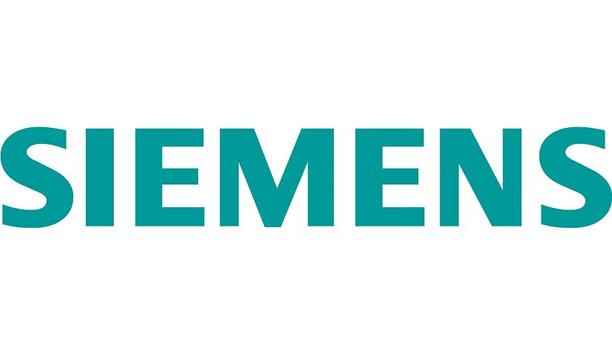The Scottish Government has launched a new campaign to raise awareness of new fire safety laws that mean all homes must have interlinked smoke alarms from February 2022.
The Building and Fire Safety Ministerial Working Group was established after the Grenfell Tower fire in 2017 to review Scotland’s existing building and fire safety regulatory frameworks. Their work has resulted in several changes in Scotland including this new approach to smoke alarms.
New regulations
New regulations under the Housing (Scotland) Act 1987 extend the definition of ‘housing meeting tolerable standard’ to include smoke and carbon monoxide alarms.
The new fire and smoke alarm standard will be mandatory in all housing types from February 2020 and will require:
- One smoke alarm is to be installed in the room most frequently used for general daytime living purposes.
- One smoke alarm in every circulation space on each story, such as hallways and landings.
- One heat alarm is installed in every kitchen.
Compliance as the new standard
Compliance with the new standard will be determined when a home is sold
All alarms should be ceiling mounted and interlinked. Where there is a boiler or similar, a carbon monoxide alarm is also required but it doesn’t have to be linked to the other alarms.
Legislation that set out the new standard was introduced in January 2019 but the date for compliance was delayed due to the COVID-19 pandemic. Compliance with the new standard will be determined when a home is sold as part of a Home Report on a change of lease for rented premises.
keeping people safe
A Scottish Government spokesperson said, “These measures have been brought in to keep people safe and reduce casualties from fire."
"Local authorities have broad statutory responsibility for tackling substandard housing in their area, and major defects can require homeowners to carry out work, but we do not expect them to go beyond advising homeowners about fire alarms they will not be going into peoples’ homes to inspect them and will not be issuing fines."
aggregated statistics
The legislation allows people a reasonable time for bringing homes up to standard"
“The Scottish Government will use aggregated statistics from the Scottish House Condition Survey to assess overall compliance at a local authority level."
"The legislation allows people a reasonable time for bringing homes up to standard: nobody will be penalized for non-compliance.”
raising awareness
The Scottish Government launched the campaign six months ahead of the deadline to raise awareness and give people time to make the change. Information from the Government indicates that the cost for an interlinked system will be around £220 which has caused some consternation on social media.
The Scottish Fire and Rescue Service received £1m during 2018/20 to install alarms as part of home fire safety visits. The Scottish Government said that social landlords have access to a £15m loan funding pot to ensure social tenants are safe in their homes and that could cover the cost of installing new alarms.
















